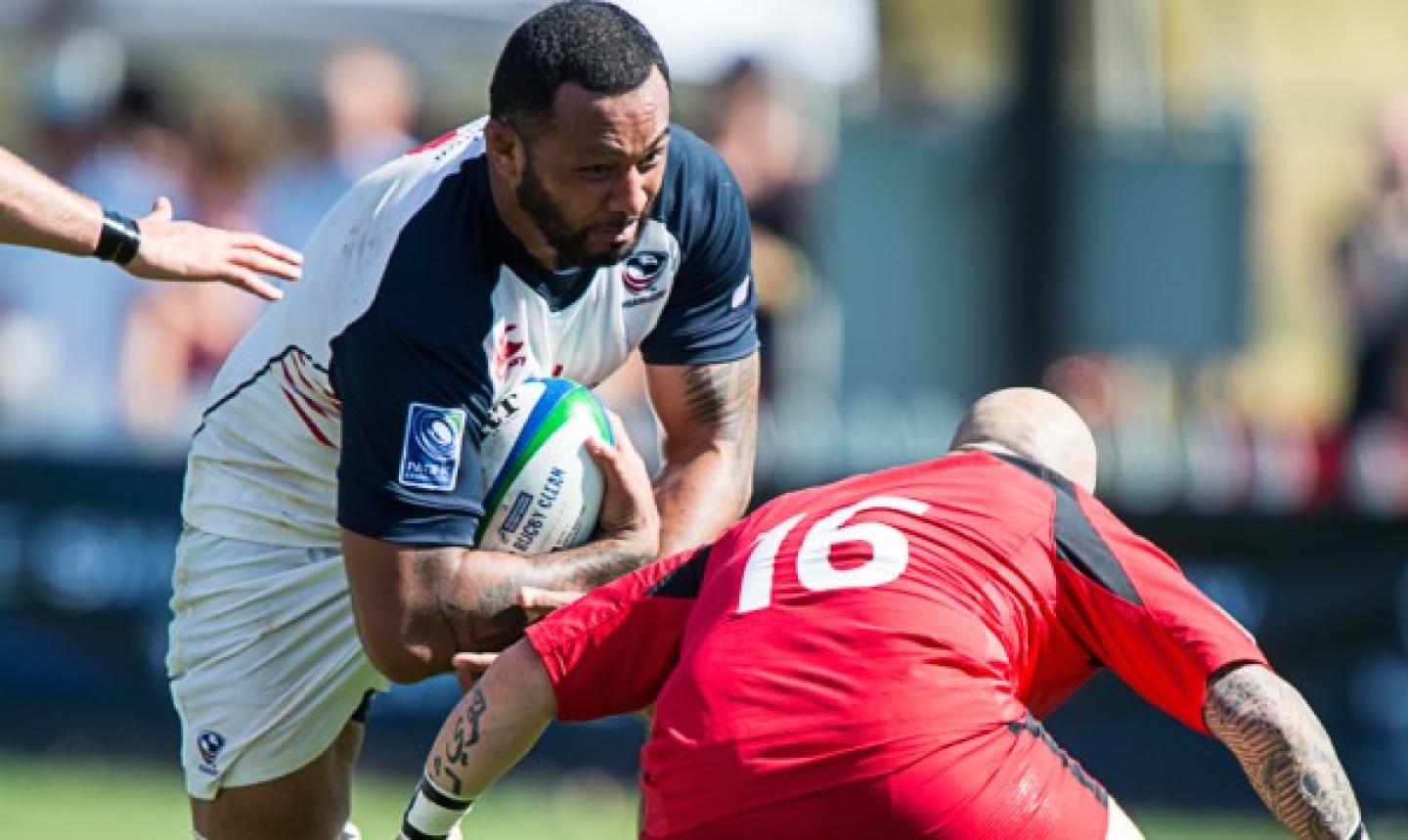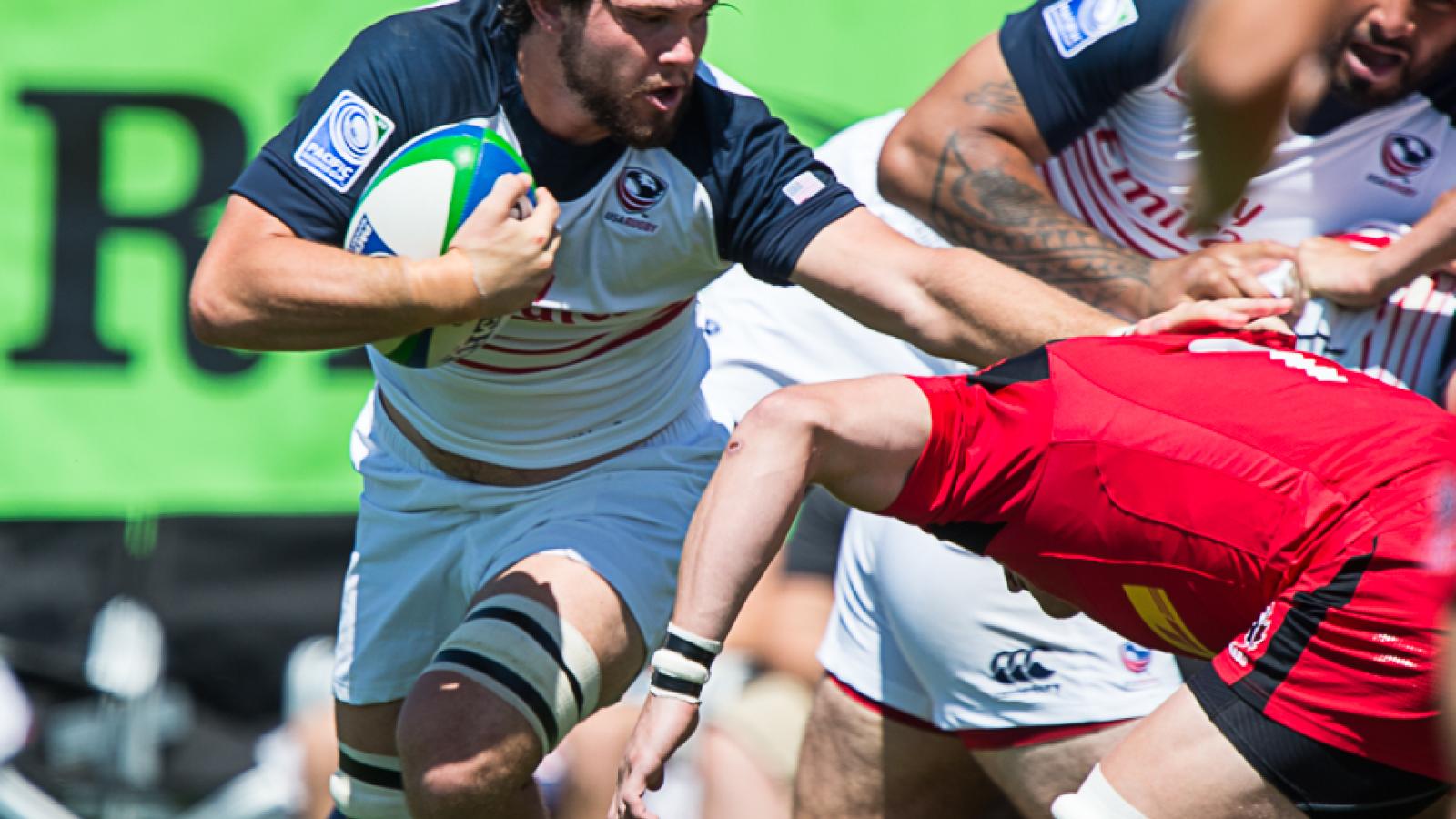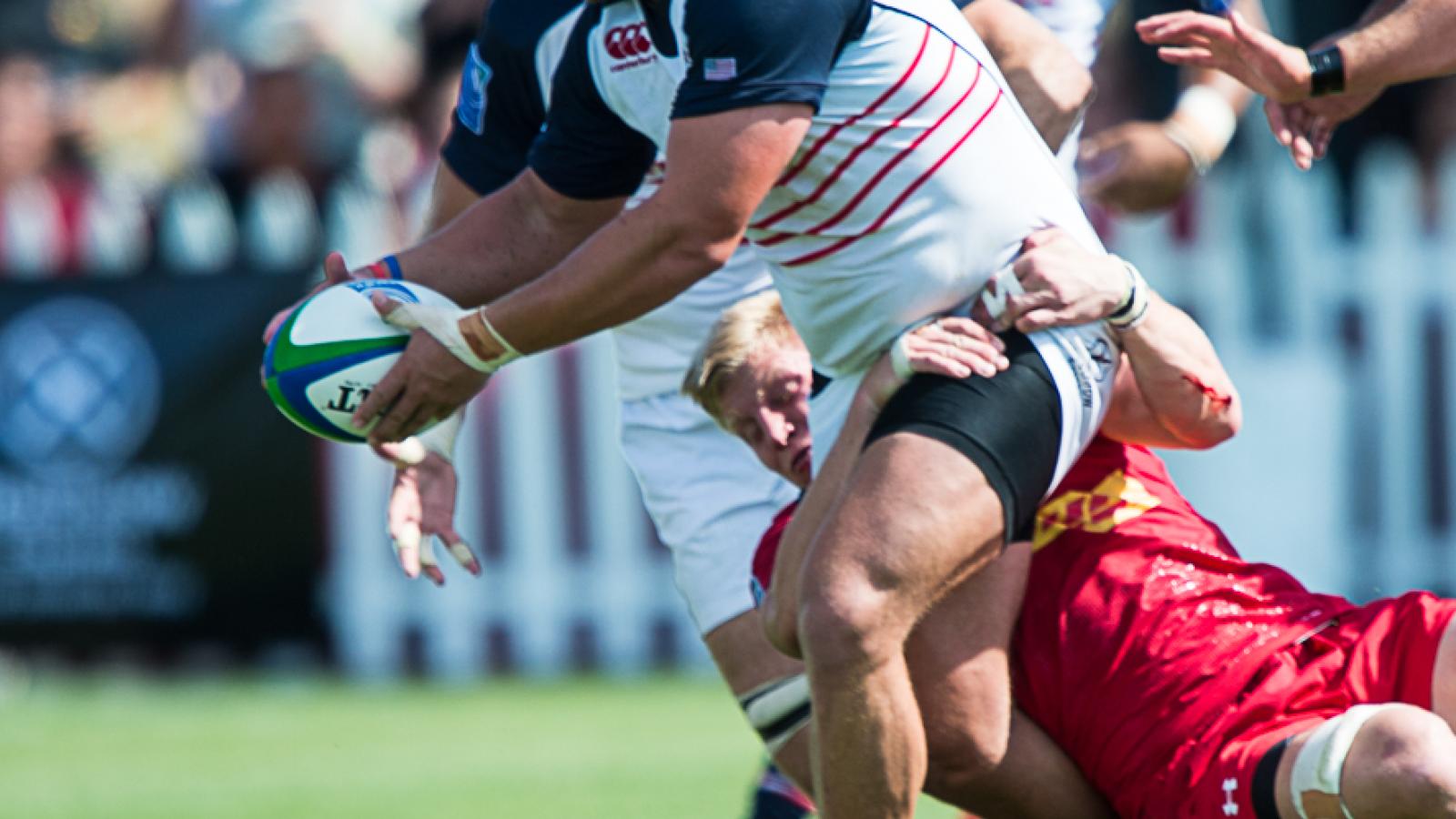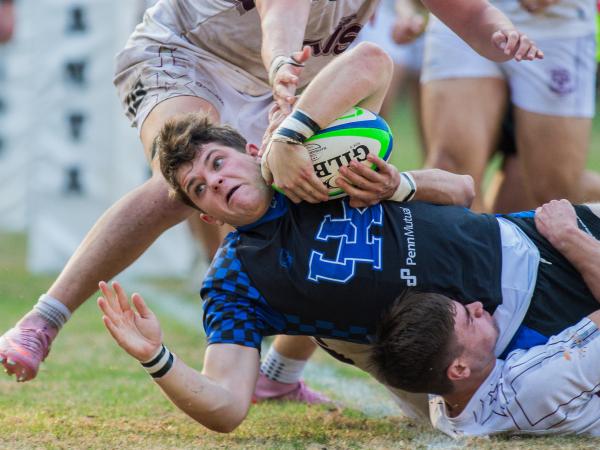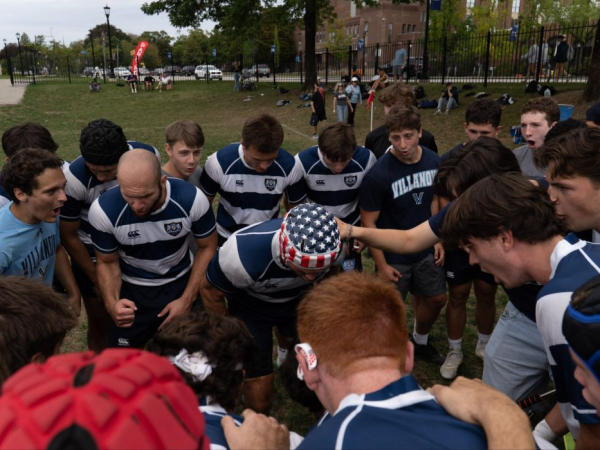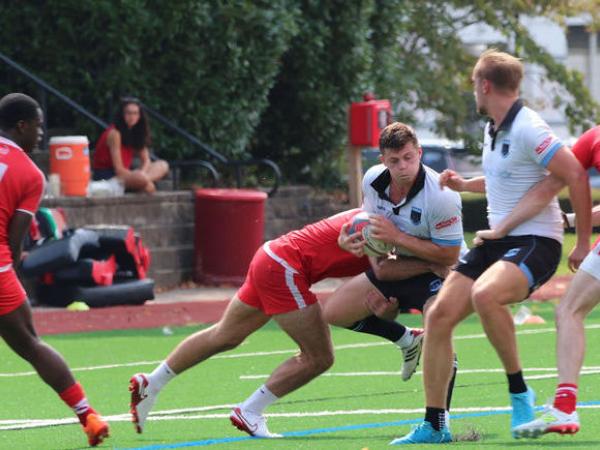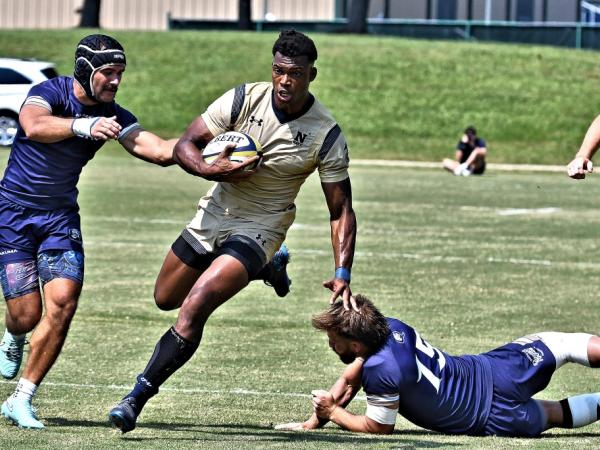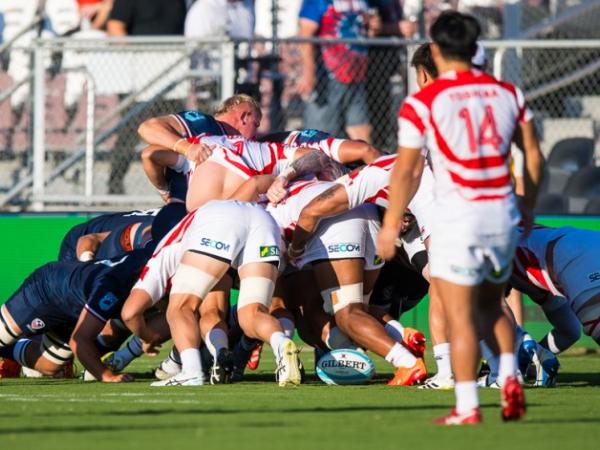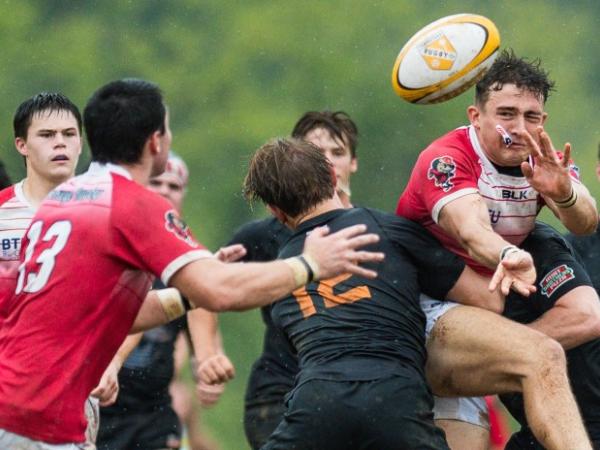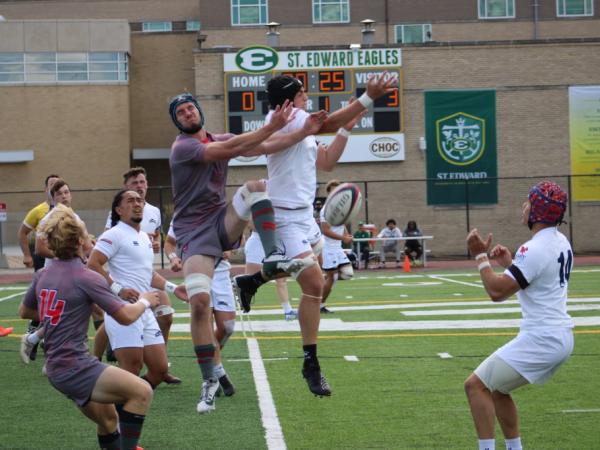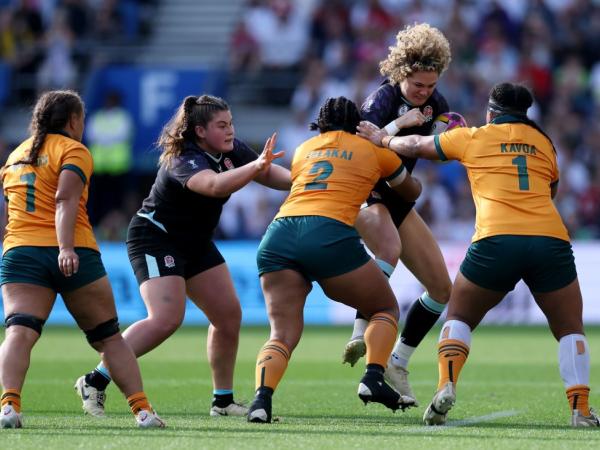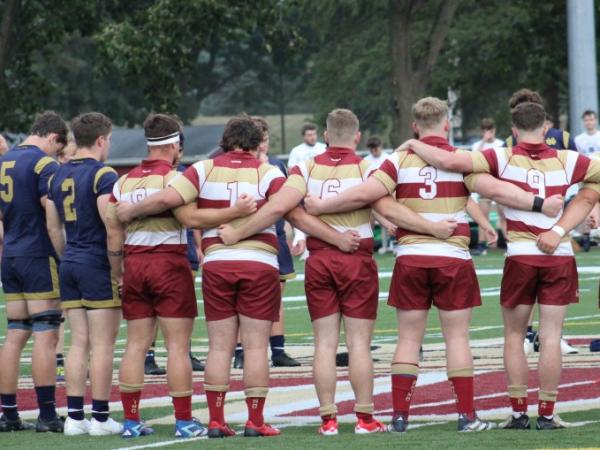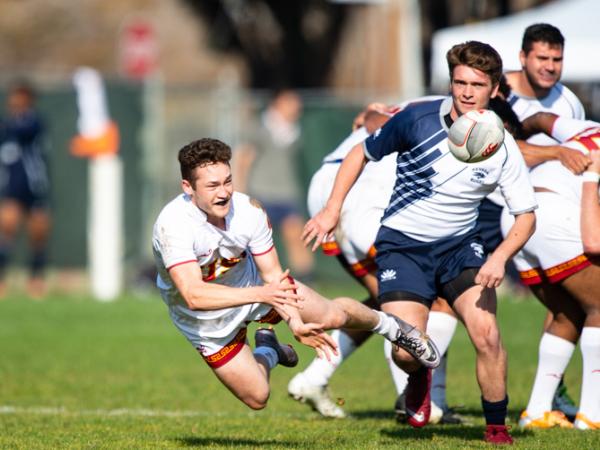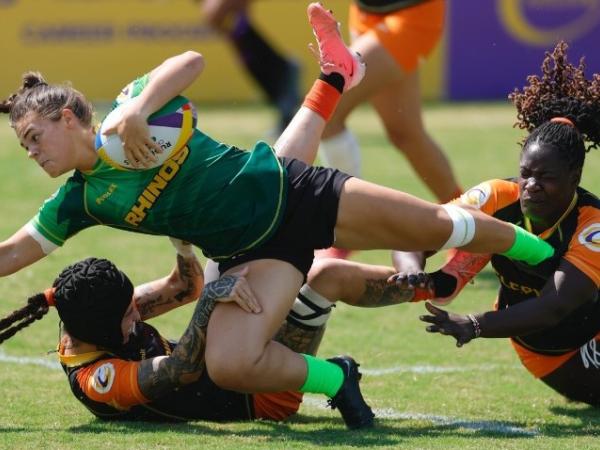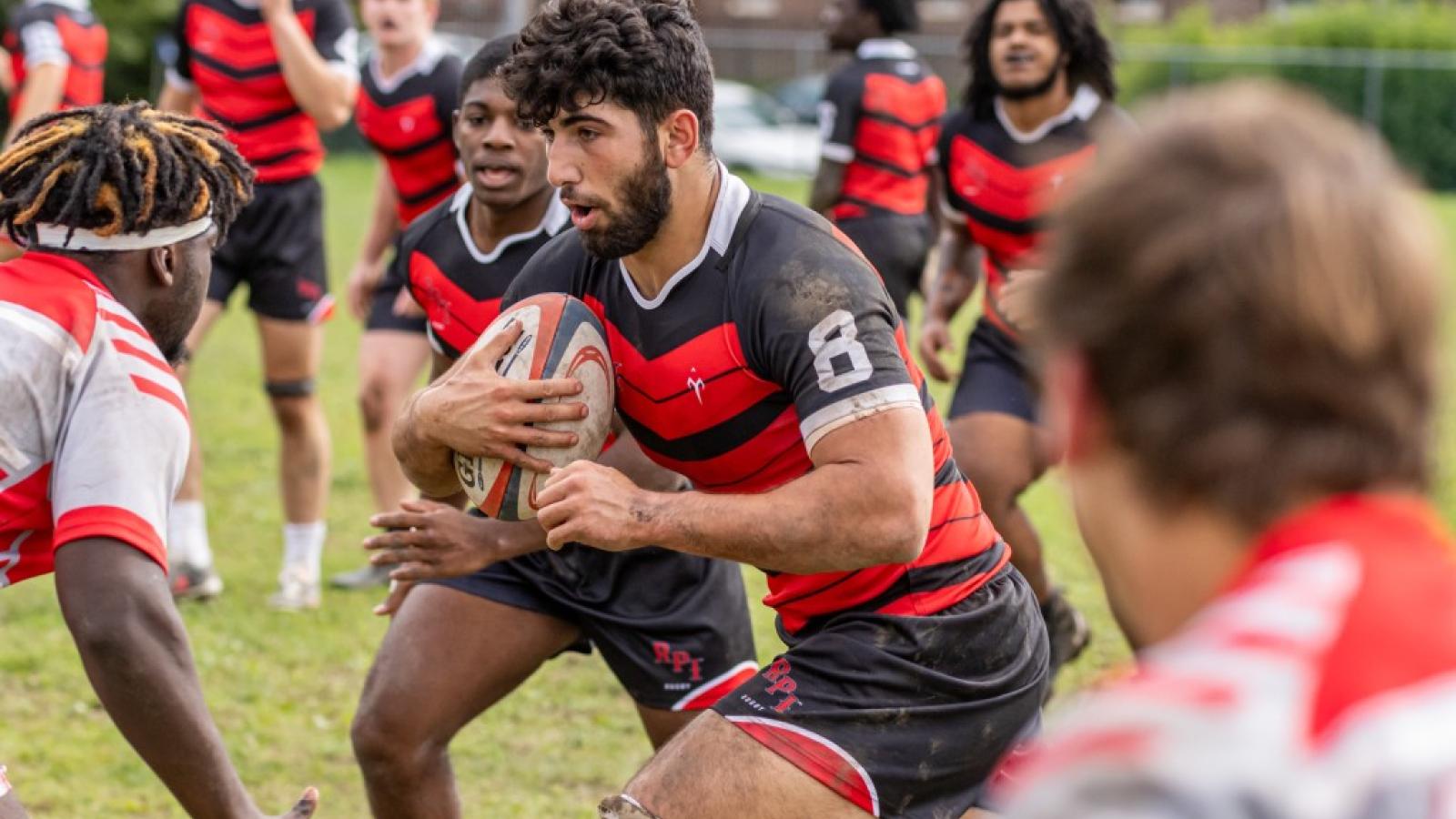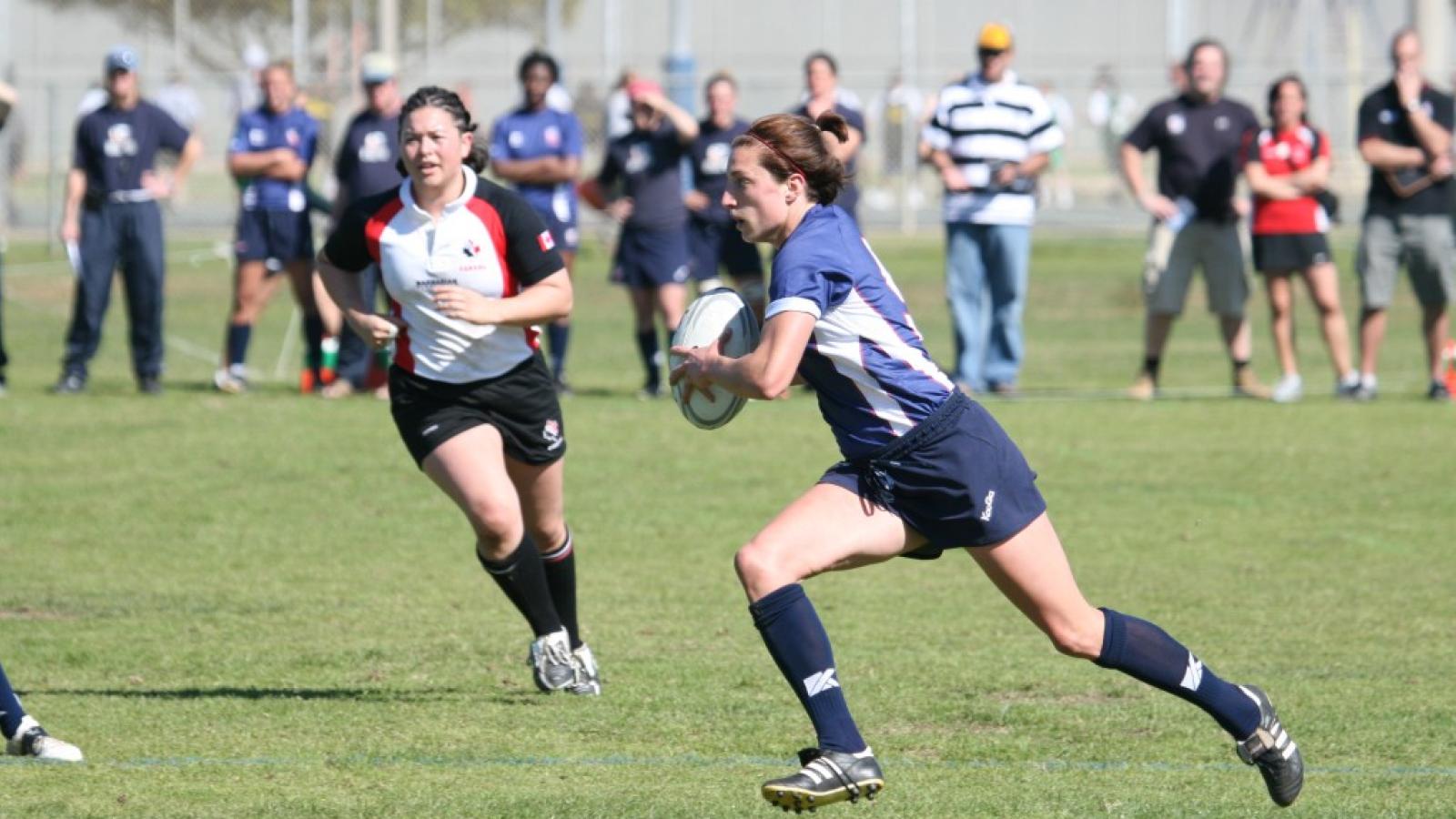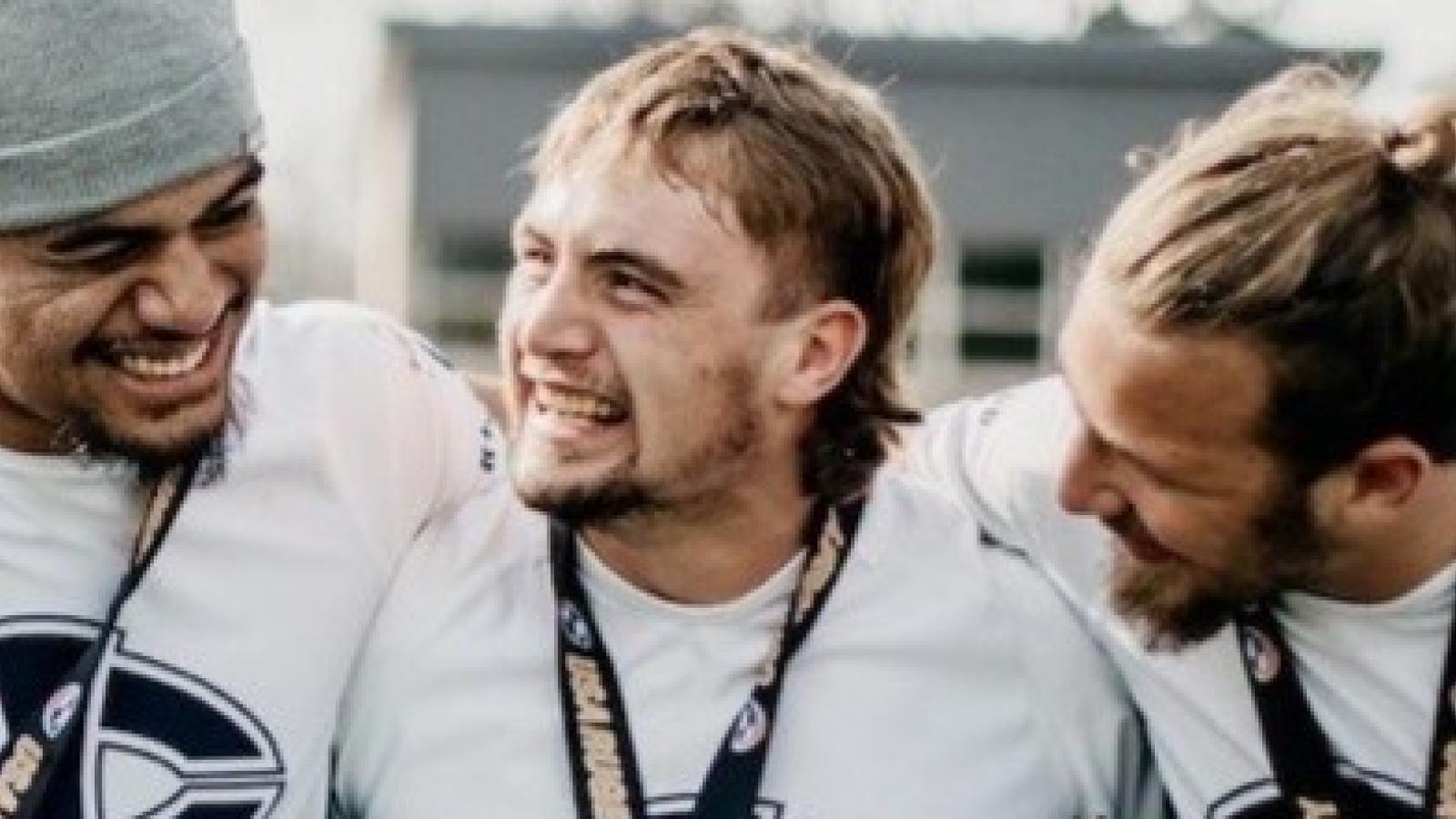So game day is upon us, finally, and the Eagles will face the Haka just before 3pm Central Time.
Lots of fans and ALL the photographers will be looking forward to that much-beloved bit of rugby theater, but what about after the Haka? There’s a game to be played, and a performance to be logged by the USA. Here are a few things to look for post-kickoff.
Kickoffs. The Eagles have the potential to be very effective on restarts. They have right-footed and left-footed kickers, and tall players who can jump and run. That’s not to say New Zealand doesn’t have these things, but the restart is an an area of the game the USA can win. What I’d like to see is former NFL tight end Hayden Smith go up as if he’s catching a pass over the middle. I’d like to see them secure ball when kicking off and turning the restart into the advantage it’s supposed to be.
(Rugby started as a field-position game, which is why the scored-upon team kicks off, but even with it being more of a ball-possession game now, kicking off can help you, because it gives you forward momentum.)
Danny Barrett. With Cam Dolan out for this assembly because he has had surgery on his knee, Head Coach Mike Tolkin had several choices to make, such as moving Samu Manoa to No. 8 and slotting Lou Stanfill in at lock. He could have put Stanfill at No.8, also. But he opted instead for Danny Barrett at the back of the scrum. He did this because Barrett is ornery and scrappy, has pace and runs well with the ball. He’s not super-tall, but they’ve got height on the team already. My main concern with Barrett is: will he control the ball at the back of the scrum when things get screwy? That is his main job. When the Eagles need to do in that scrum is strike quickly (as in hooker Phil Thiel gets the ball back with dispatch), and then, with Barrett or Petri, strike quickly. Much of that hinges on Barrett not letting the ball roll uncontrolled into the ether.
Phase Play and Linebreaks. Expect the Eagles to get some offensive chances, and when they do, they should be able to string some phases together. But against lesser defenses the USA team has sometimes gone through multiple phases without actually getting anywhere. This is a concern, but, really, also to be expected. The line breaks will be few, and they will happen in part because the Eagles are tenacious, physical, and patient. They have to run what they run repeatedly to try to break through, and when they break through, watch for the opportunity. They can’t afford to let too many of those die on the vine.
Offloads. And that leads us to offloads. When the Eagles make a break, there’s a small window to make the offload to the supporting play. At the international level, the window is tinier still, as any opportunity to pass is shrunk by the speed of the runner, the speed of the support man, and the intense physicality of the tackle being made on the ballcarrier. This, to me, is one of the biggest issues when you’re talking about a team coming together and playing as a unit - that tiny moment when you’ve made a half-break; two guys are on you, one around your legs and one around your torso; your big lock or center yelling for the ball, and you’ve got to get an arm free and pop a perfect pass that won’t be intercepted and is catchable for your guy on the run, all while unholy test match chaos rains around you.
Watch for it. Those offload moments - even the ones where the passer is not being hit - come so quickly and watch whether the ballcarrier’s brain reacts in time.
How Long is the Field? 100 meters. Next question. Cute, OK, what I mean is, how far , in general, will a team have to go to score? The USA wants to make that number between 80 meters and 100 meters for the Al Blacks, and they want that number to be between 60 and 30 for themselves. It’s about kicking in a smart way and not fumbling the ball backward, but it’s especially about kicking for territory. Two of the more experienced All Blacks on the field are Israel Dagg and Cory Jane at fullback and wing, respectively. Part of the reason for that choice was so New Zealand can handle the USA kicking game.
The Final Five Meters. In the last two years, the USA has been very good at getting close to scoring, but have often had trouble punching it in from close range. The solution seems simple - quick, precise ball from the ruck, and hit a runner, preferably somebody scary like Samu Manoa, but somebody shifty like Seamus Kelly works, too, and there’s your try. But they haven’t always succeeded in getting those tries. Today, they can’t squander those opportunities, because they might have only a few.
And most key in this situation will be the lineout. The Eagles are very strong in the lineout, but attacking lineouts at five meters out is where the execution fails at times. The USA has to execute in those rare scoring chances.






